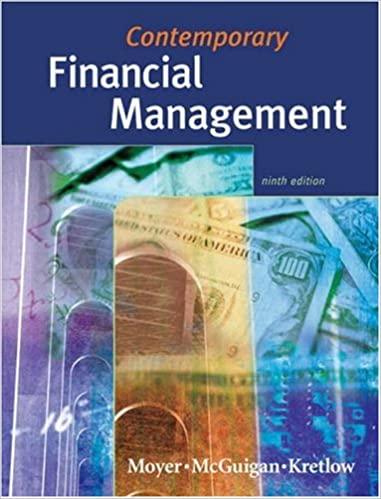
QUESTION 5 You form a collar by buying a put with an exercise price of X1 = $28 and a premium of P = $3, and selling a call with an exercise price of X2 = $89 and a premium of C = $3. Both options mature in 3 months, and both have the same underlying asset. In addition, you buy the underlying asset for its current spot price of S = $68. Find the profit of this collar at expiration if the ending price of the underlying asset is ST = $11. Do NOT use the $ symbol in your answer; just write a numerical value. Of course, include the negative sign if the answer is negative; but do not include the positive sign if the answer is positive. QUESTION 6 You form a collar by buying a put with an exercise price of X1 = $31 and a premium of P = $3, and selling a call with an exercise price of X2 = $84 and a premium of C = $4. Both options mature in 4 months, and both have the same underlying asset. In addition, you buy the underlying asset for its current spot price of S = $61. Find the profit of this collar at expiration if the ending price of the underlying asset is ST = $66. Do NOT use the $ symbol in your answer; just write a numerical value. Of course, include the negative sign if the answer is negative; but do not include the positive sign if the answer is positive. QUESTION 7 You form a collar by buying a put with an exercise price of X1 = $38 and a premium of P = $5, and selling a call with an exercise price of X2 = $92 and a premium of C = $4. Both options mature in 5 months, and both have the same underlying asset. In addition, you buy the underlying asset for its current spot price of S = $64. Find the profit of this collar at expiration if the ending price of the underlying asset is ST = $114. Do NOT use the $ symbol in your answer; just write a numerical value. Of course, include the negative sign if the answer is negative; but do not include the positive sign if the answer is positive. QUESTION 5 You form a collar by buying a put with an exercise price of X1 = $28 and a premium of P = $3, and selling a call with an exercise price of X2 = $89 and a premium of C = $3. Both options mature in 3 months, and both have the same underlying asset. In addition, you buy the underlying asset for its current spot price of S = $68. Find the profit of this collar at expiration if the ending price of the underlying asset is ST = $11. Do NOT use the $ symbol in your answer; just write a numerical value. Of course, include the negative sign if the answer is negative; but do not include the positive sign if the answer is positive. QUESTION 6 You form a collar by buying a put with an exercise price of X1 = $31 and a premium of P = $3, and selling a call with an exercise price of X2 = $84 and a premium of C = $4. Both options mature in 4 months, and both have the same underlying asset. In addition, you buy the underlying asset for its current spot price of S = $61. Find the profit of this collar at expiration if the ending price of the underlying asset is ST = $66. Do NOT use the $ symbol in your answer; just write a numerical value. Of course, include the negative sign if the answer is negative; but do not include the positive sign if the answer is positive. QUESTION 7 You form a collar by buying a put with an exercise price of X1 = $38 and a premium of P = $5, and selling a call with an exercise price of X2 = $92 and a premium of C = $4. Both options mature in 5 months, and both have the same underlying asset. In addition, you buy the underlying asset for its current spot price of S = $64. Find the profit of this collar at expiration if the ending price of the underlying asset is ST = $114. Do NOT use the $ symbol in your answer; just write a numerical value. Of course, include the negative sign if the answer is negative; but do not include the positive sign if the answer is positive







